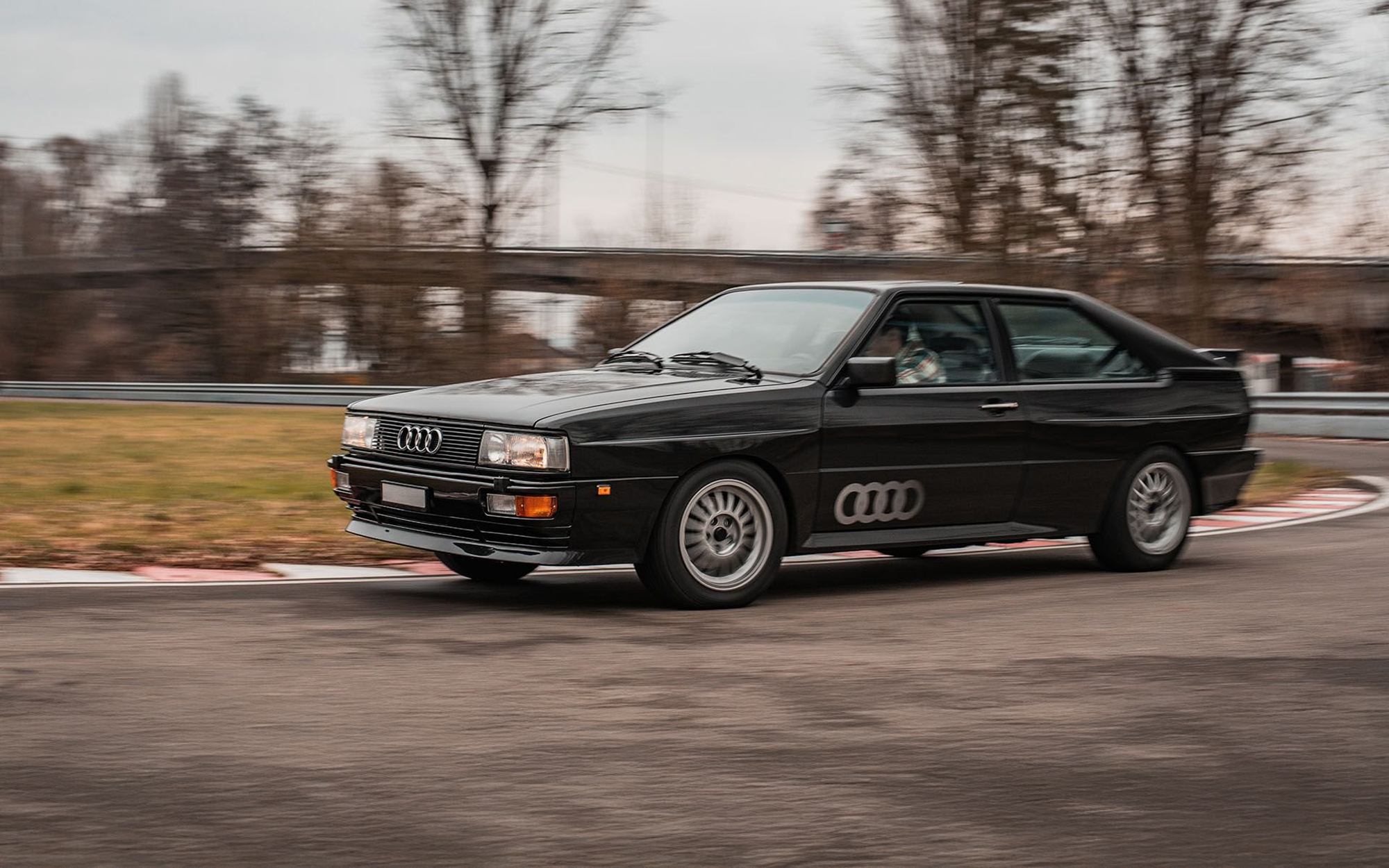KEY INFORMATION 1990 AUDI QUATTRO 20V
Color: Panthero Metallic (pantherometallic; metallic uni; Y9Z; Audi)
VIN: WAUZZZ85ZMA000058
Mileage: 41,239 km, 25,624 miles
Price Estimate: €130.000 – €150.000, Offered without Reserve
Location: Concorso d’Eleganza Villa d’Este
Link: Broad Arrow
IYKYK TAKE: EXCELLENT SPECIMEN OF THE ULTIMATE UR QUATTRO
Though it was sold in America for just three model years (1983-1985) the original quattro (a.k.a. “ur quattro”) was produced for over a decade (1980-1991). Outwardly, it only received one freshening, which would include minimal changes most notably spotted as sloped rather than vertical grille and headlights or the slight lip on the car’s iconic Ronal wheels.
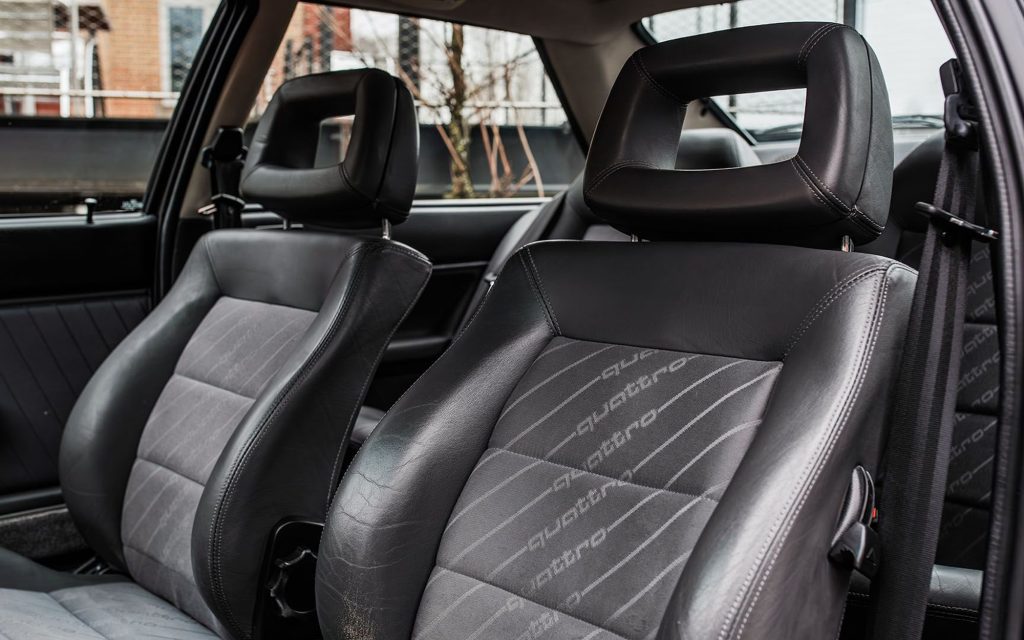
Like other cars of this period with other subtle updates (looking at you Porsche 964), owners could and did update the car themselves, meaning factory original condition cars tend to be worth a premium. So do low mileage and high specification cars. So do cars that represent the ultimate configuration. This 1990 quattro set to go across the block with the Broad Arrow auction house as part of their 2025 Concorso d’eleglnza Villa d’Este Auction in Italy represents all of these things.
The car you see here is part of the Autobau Erlebniswelt Museum Collection where it’s been since 2021. The full documented history is in the auction description (via the link above and also included below the photo gallery in this story).

It was delivered from the factory in Panthero Metallic over a Jacquard-Satin fabric featuring quattro logo script and partial Kodiak leather in granite on the seat bolsters.
As a 1990, this quattro is built late in the lineage and in as much is a rare 20V, which meant a 20-valve version of Audi’s DOHC turbocharged 2.2-liter five-cylinder engine rated at 217 horsepower. In the open market, 20-valve models have been pulling six figures for a while now, evidence they are definitely more sought after.
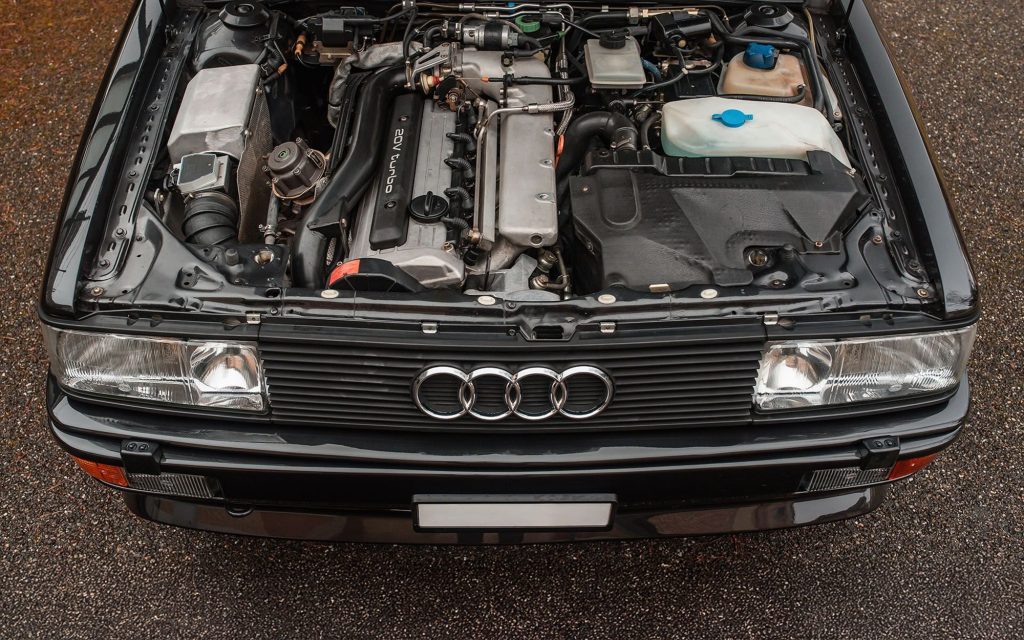
For Americans, this is also a particularly desirable spec. In addition to it being a late production factory 20-valve car, it was also built to Swiss market specification. The primary difference for Switzerland was the size of the license plate, consistent also with an American or Canadian license plate.
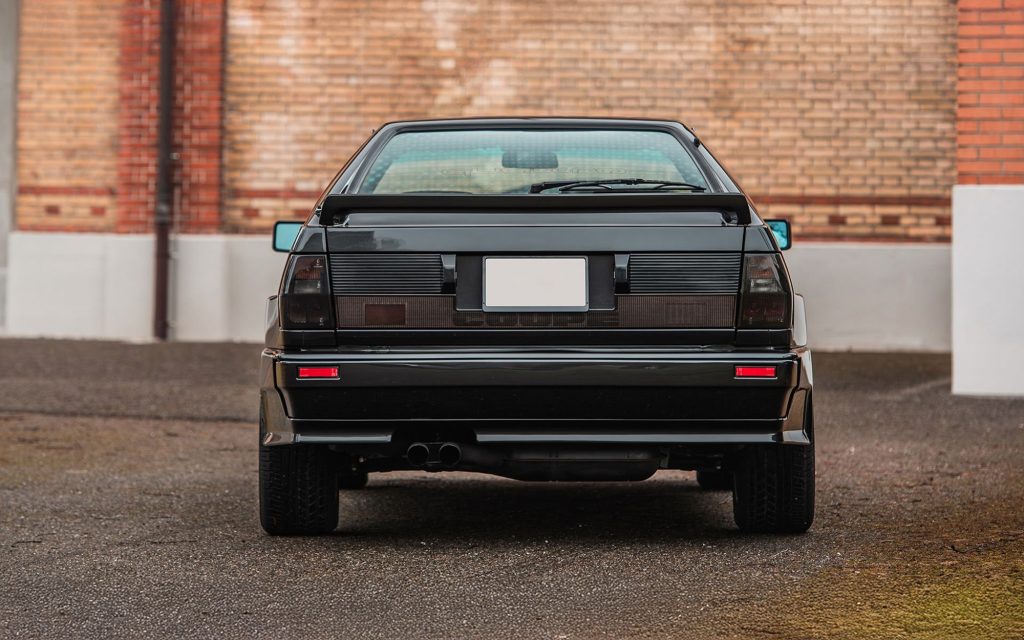
SIDENOTE: quattro owners have known it for awhile, but the Swiss specification taillight assembly is highly valued in the ur quattro enthusiast space. OEM black lens examples as you can see here are are highly sought after for that OEM look, while switching to the blacked out lenses that weren’t offered in America.
Its most recent service was performed at 40,100 km in September of 2021. Mileage is documented.
Read the full Broad Arrow auction lot description below.
PHOTO GALLERY 1990 AUDI QUATTRO 20V
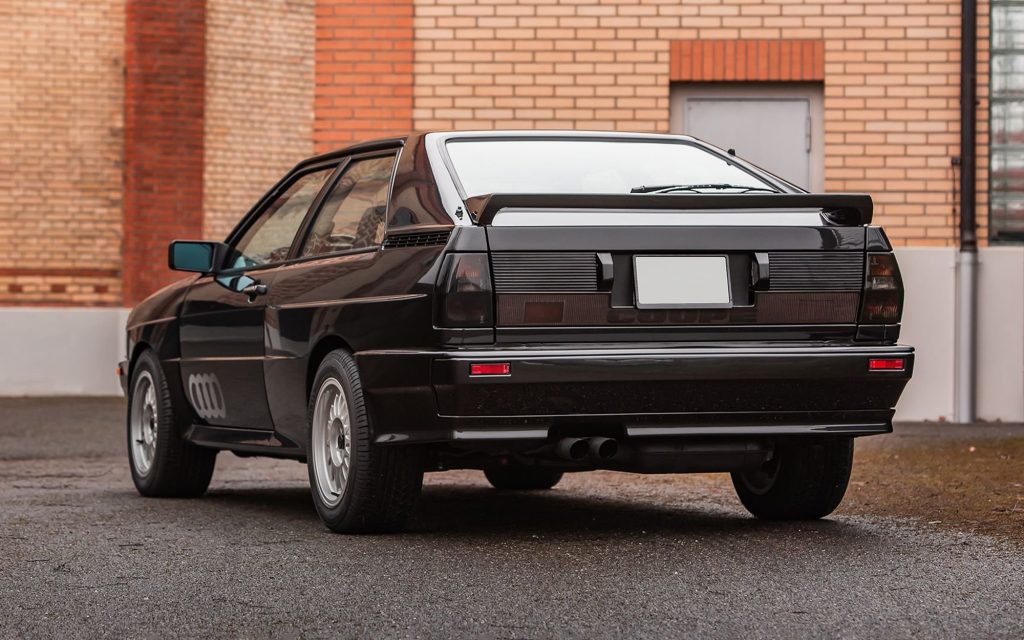
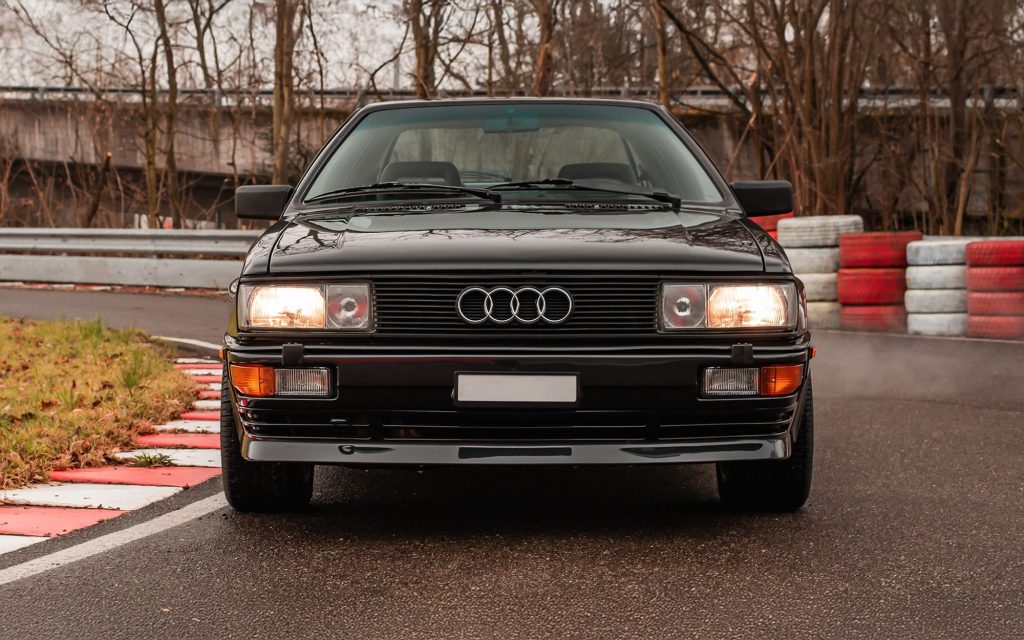

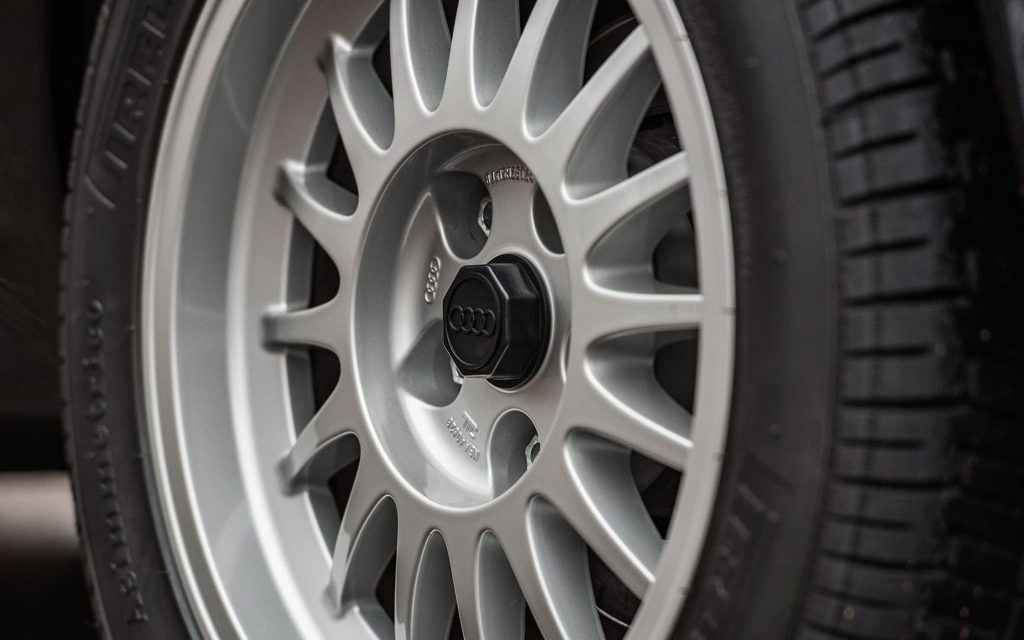





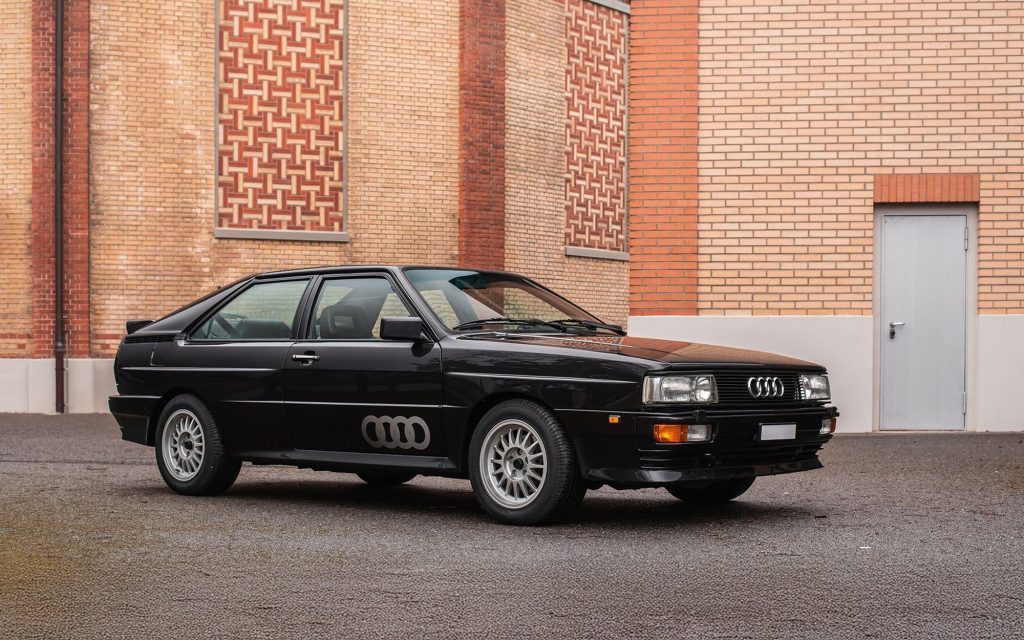
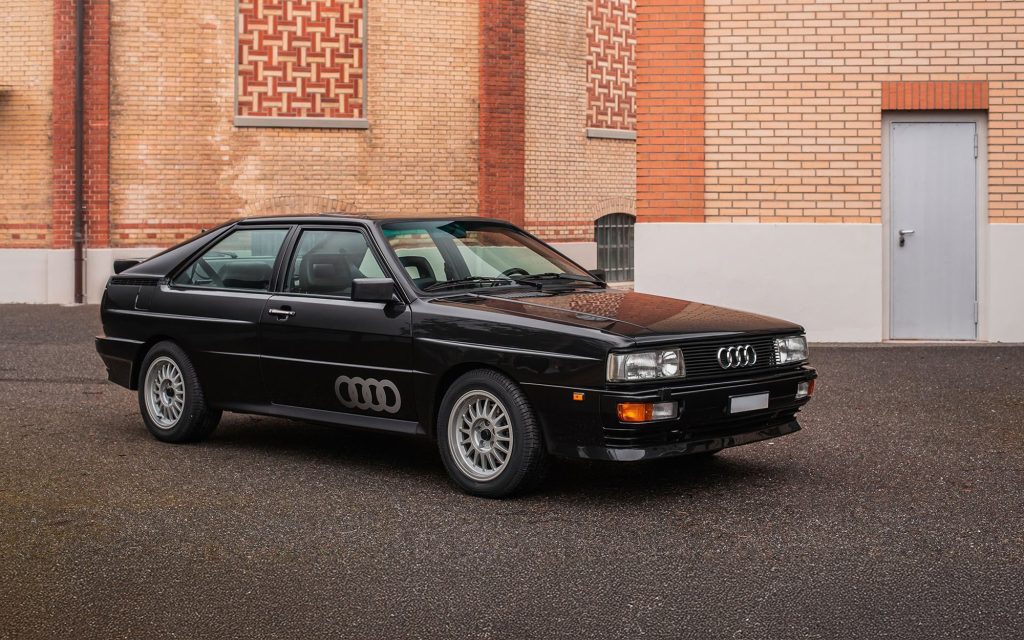
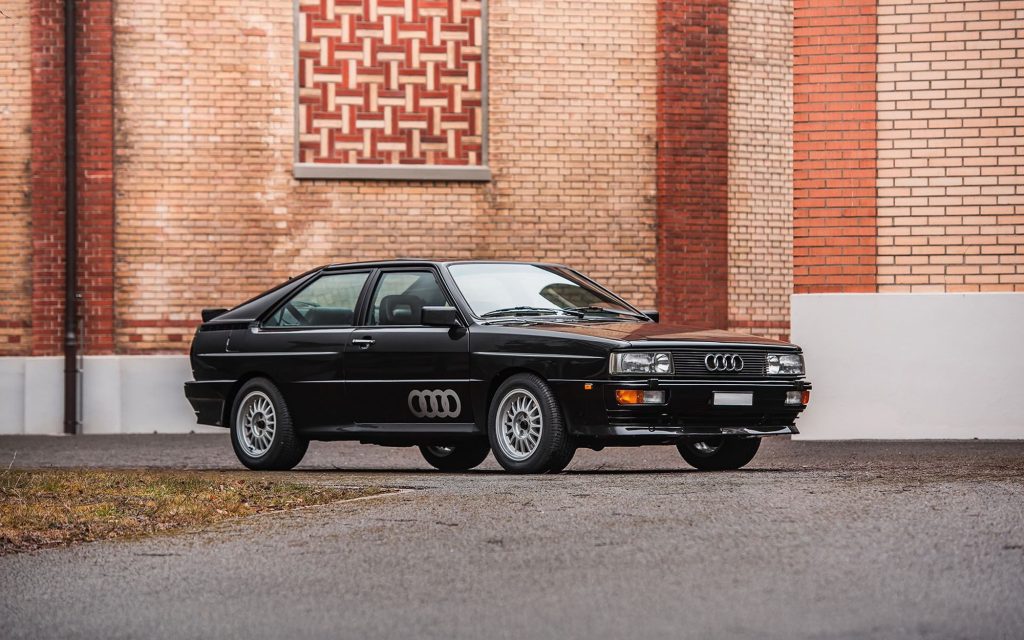

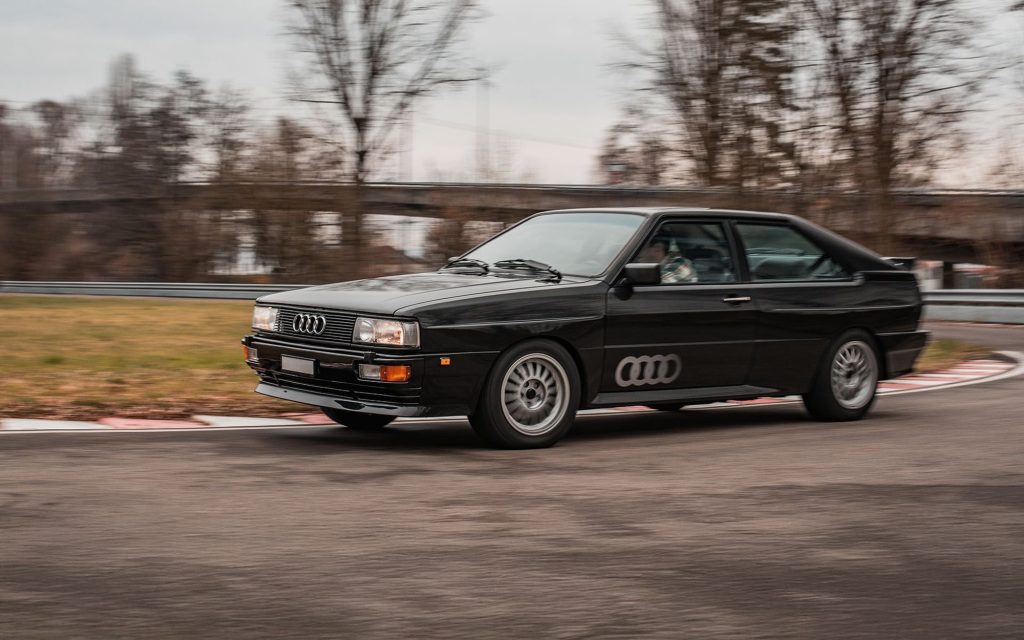
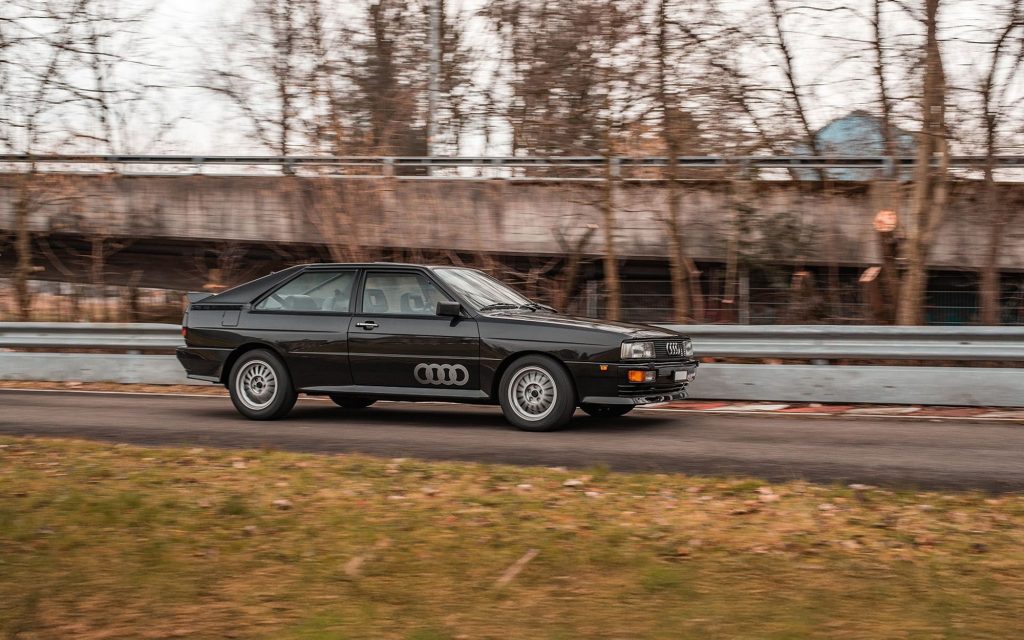
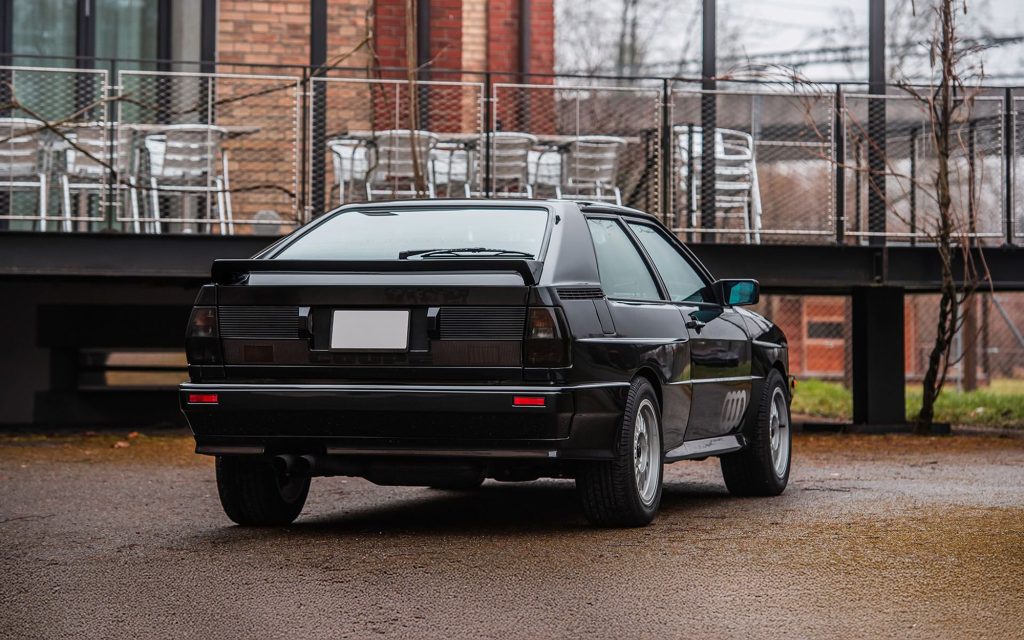
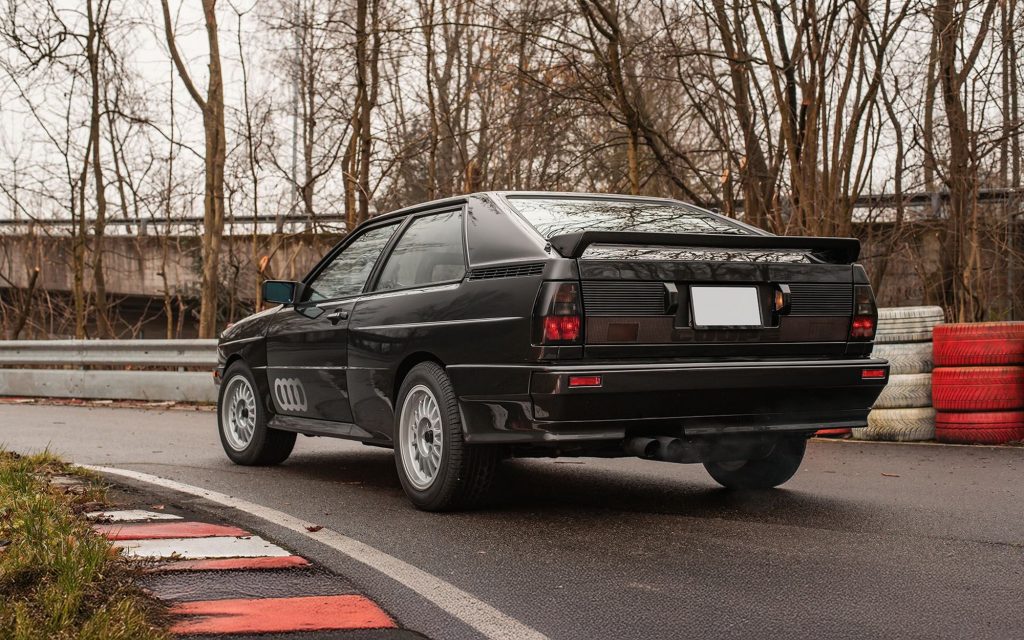
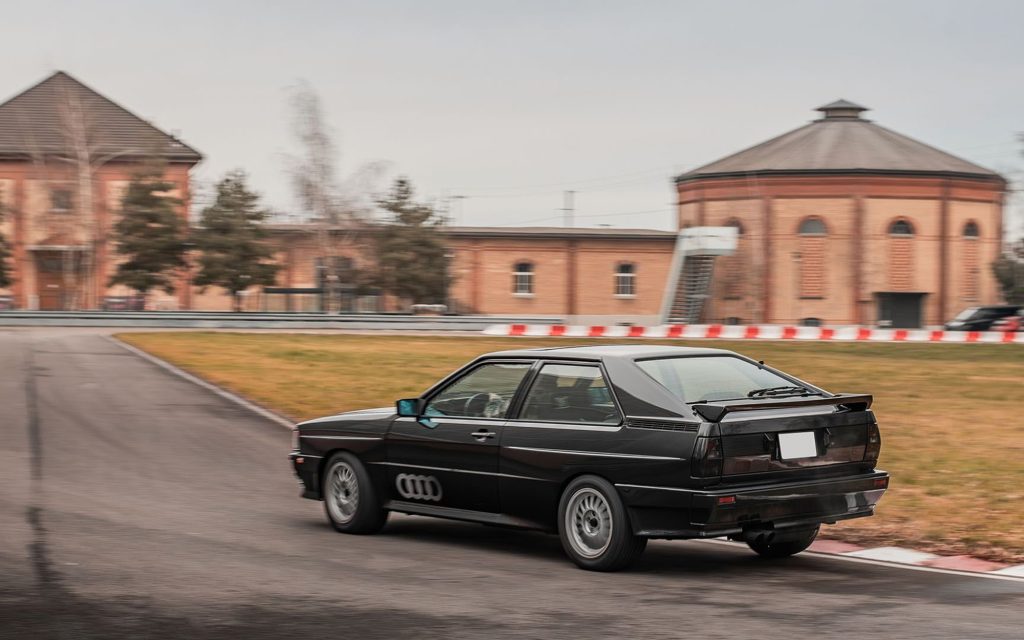

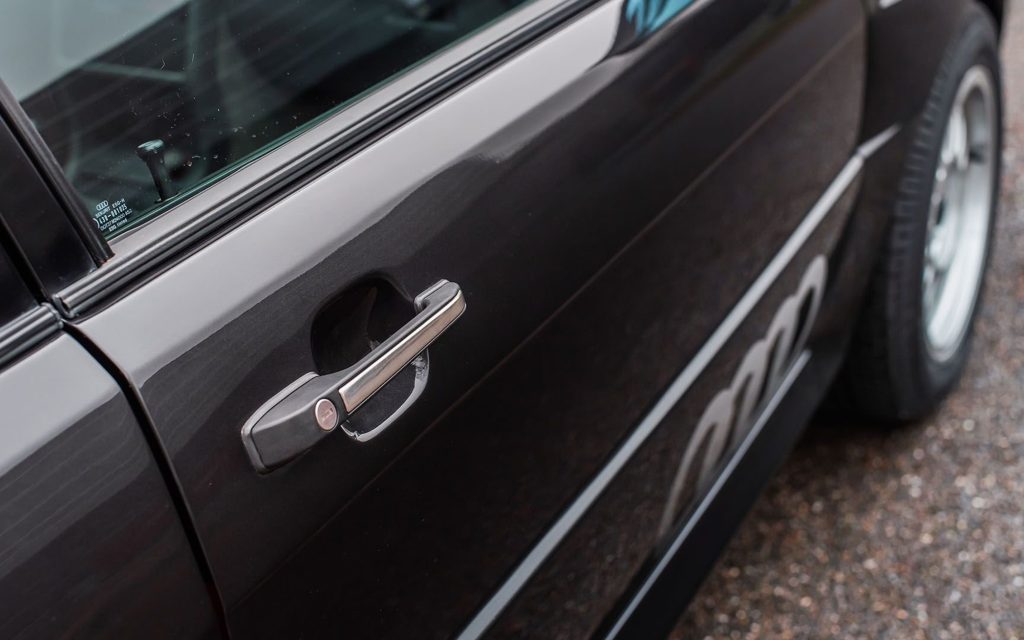
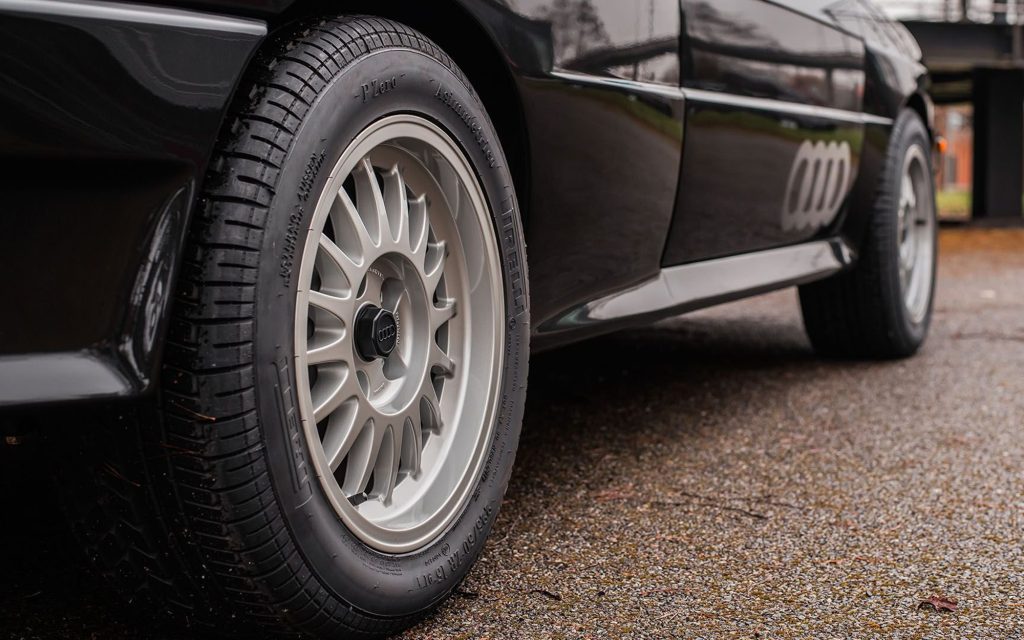
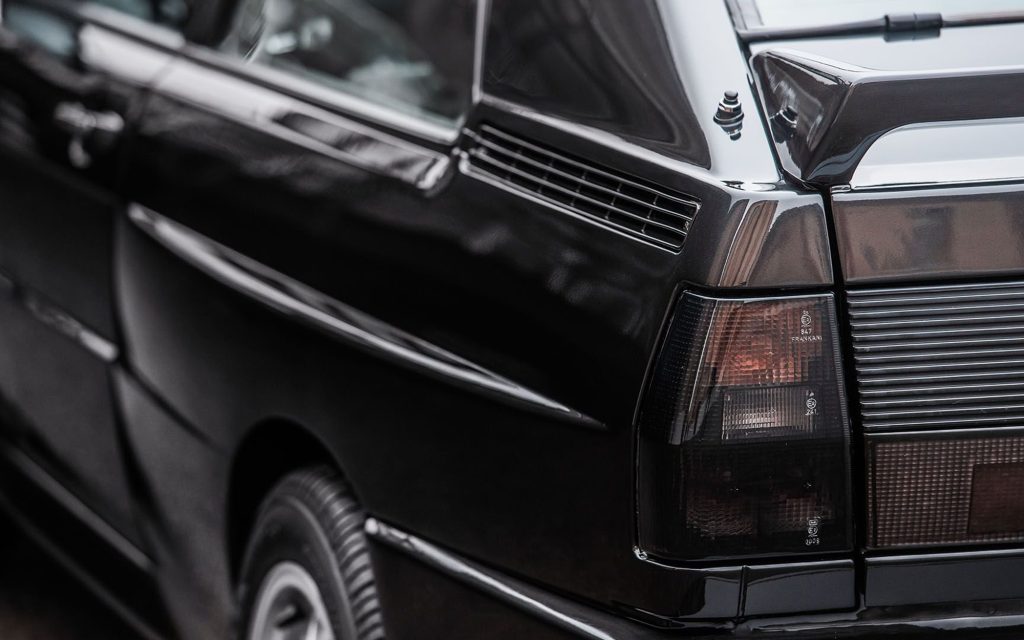
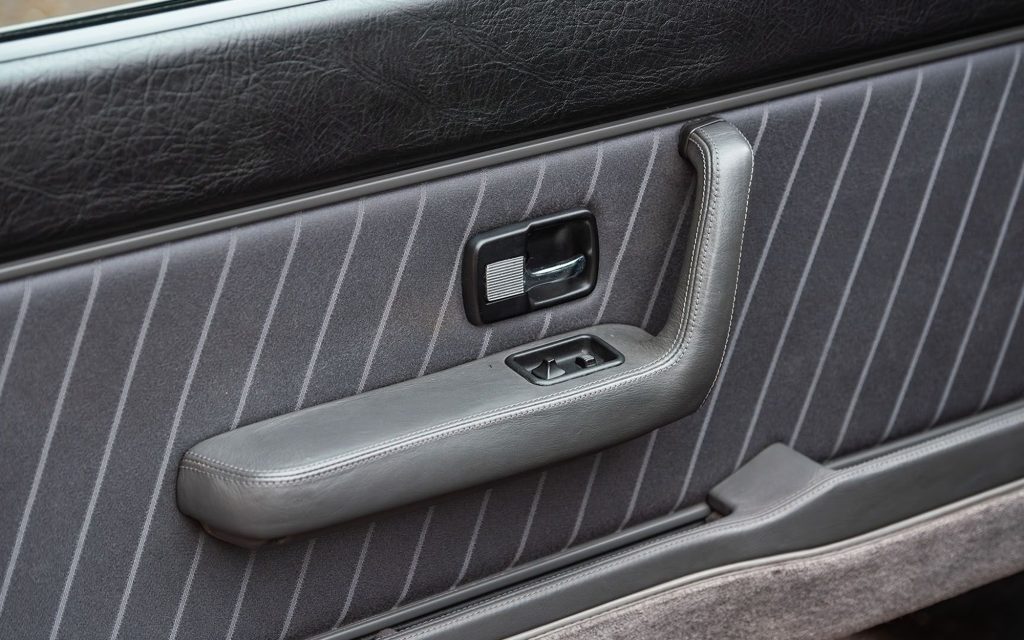
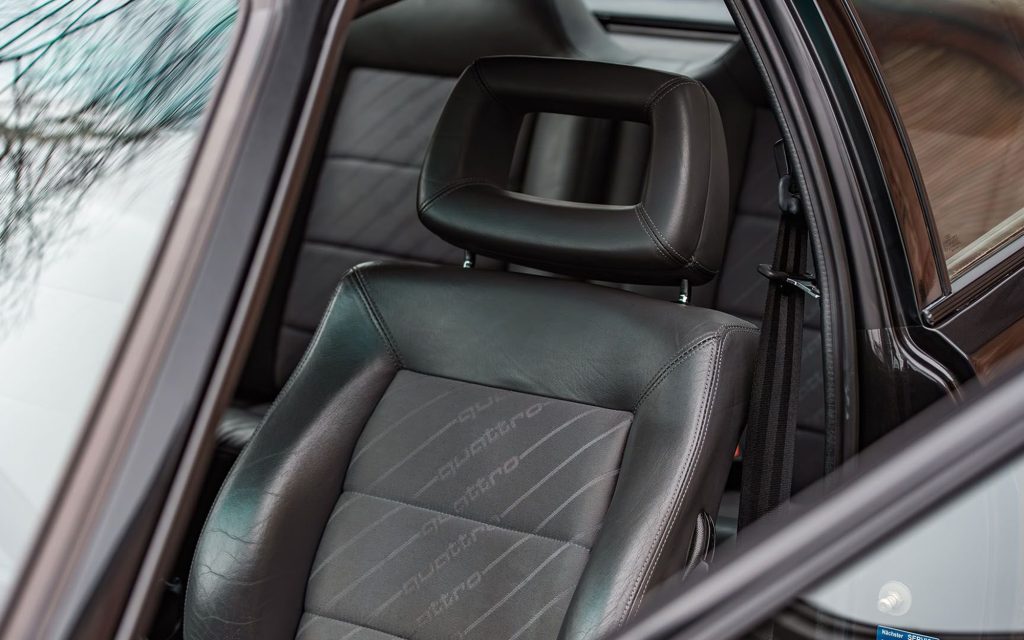
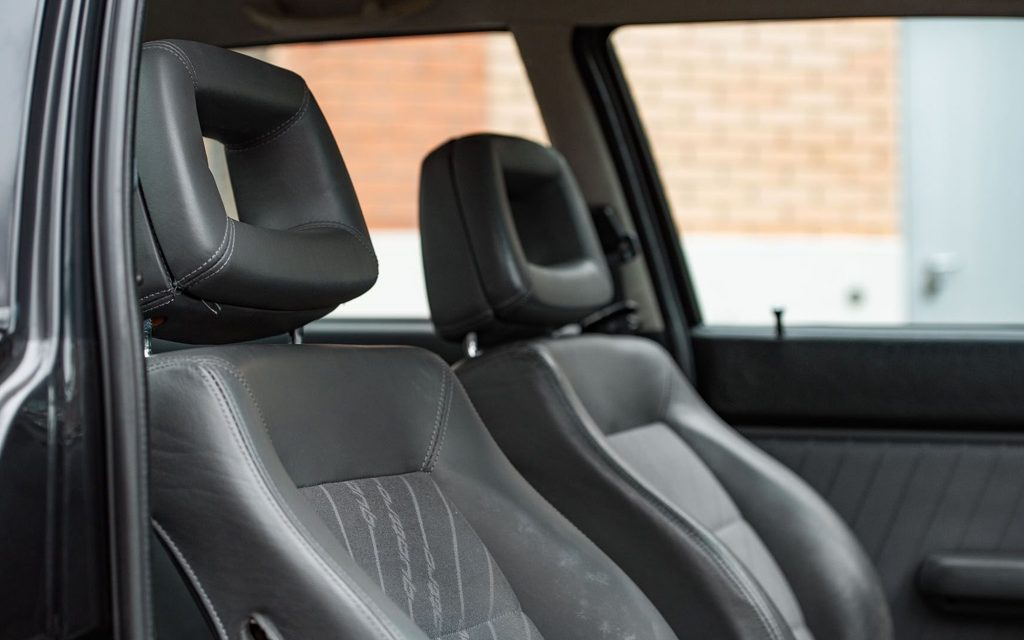

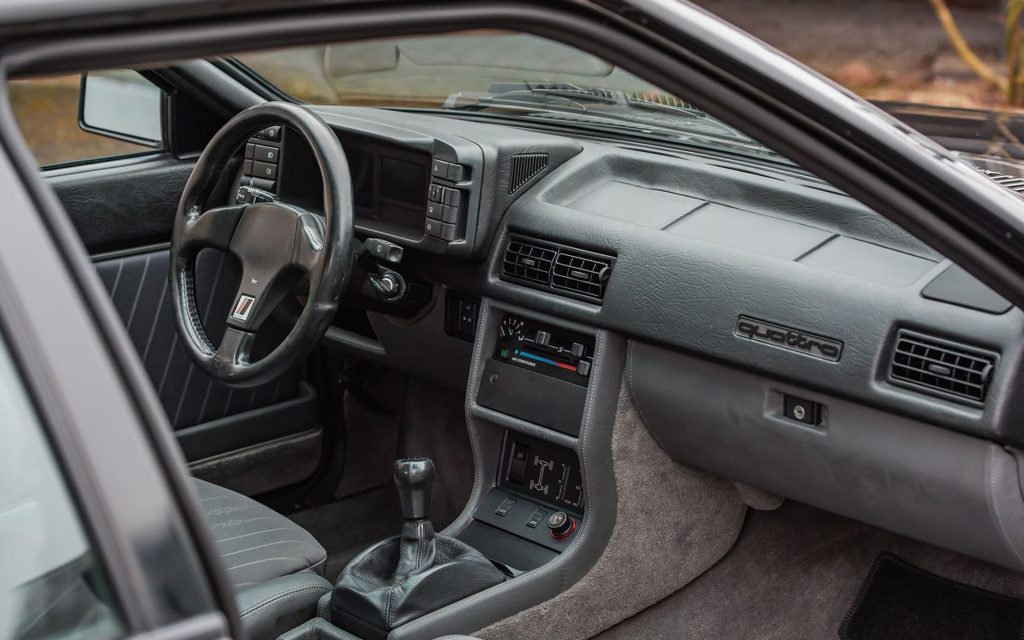
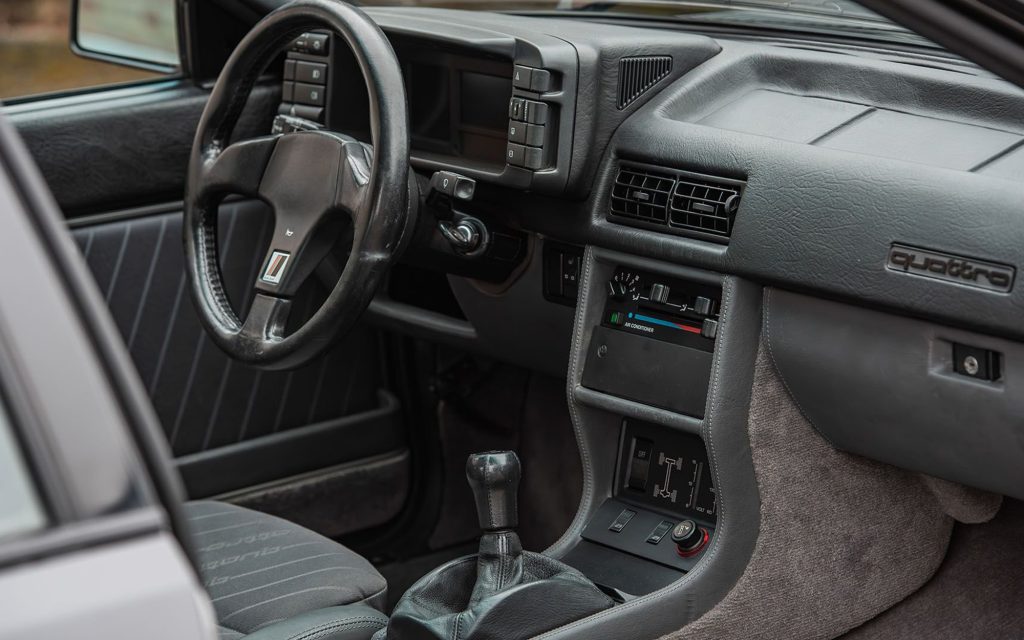
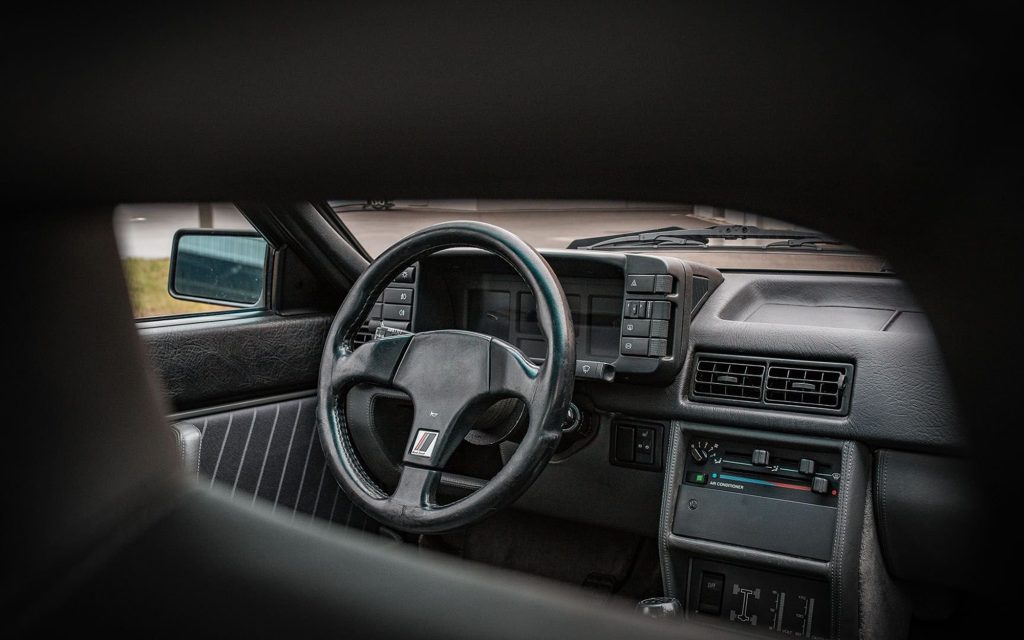
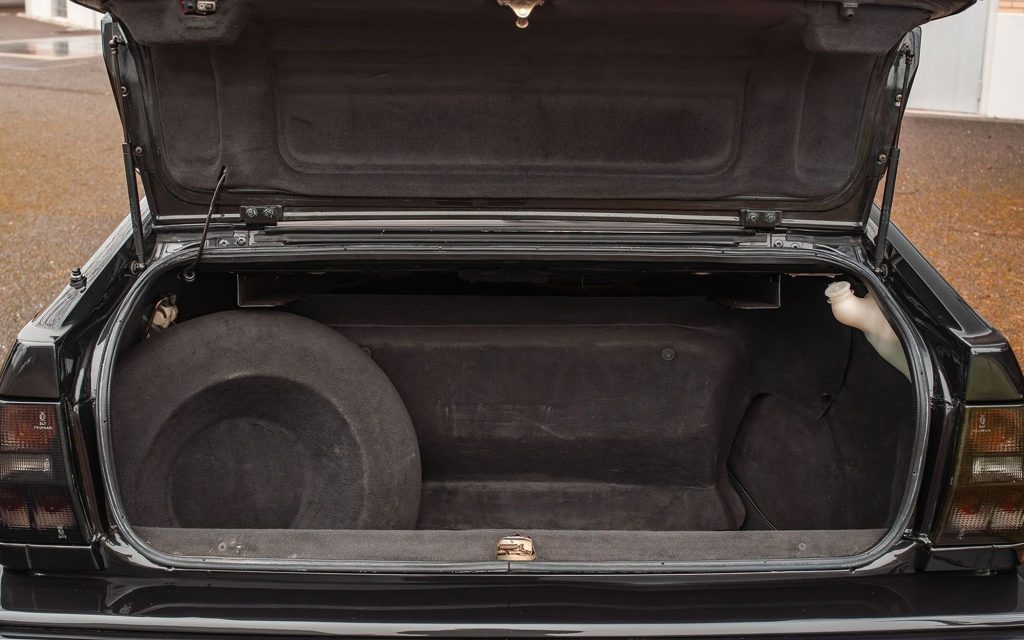
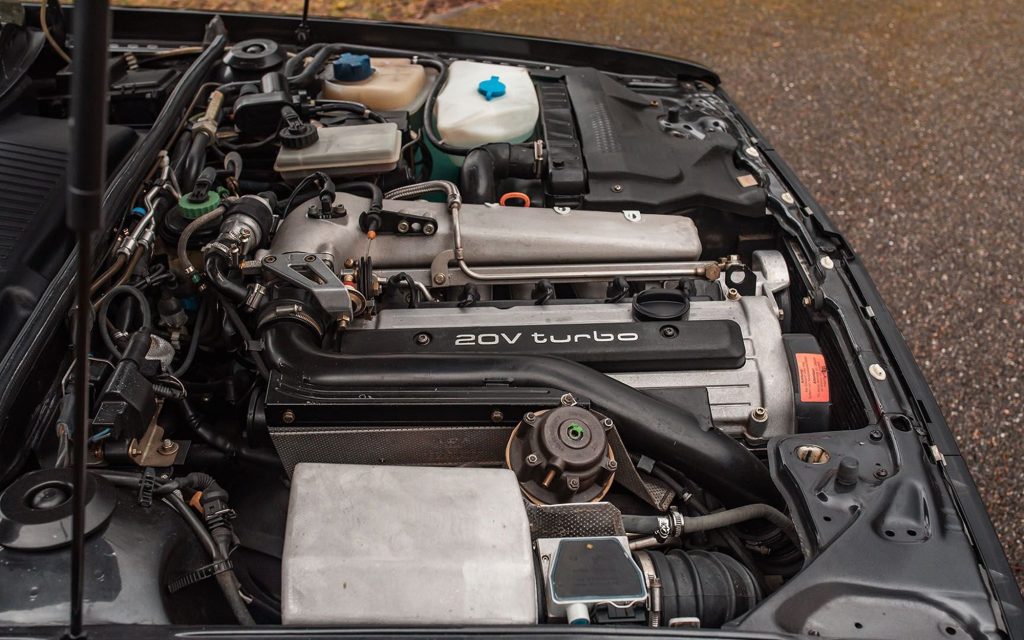
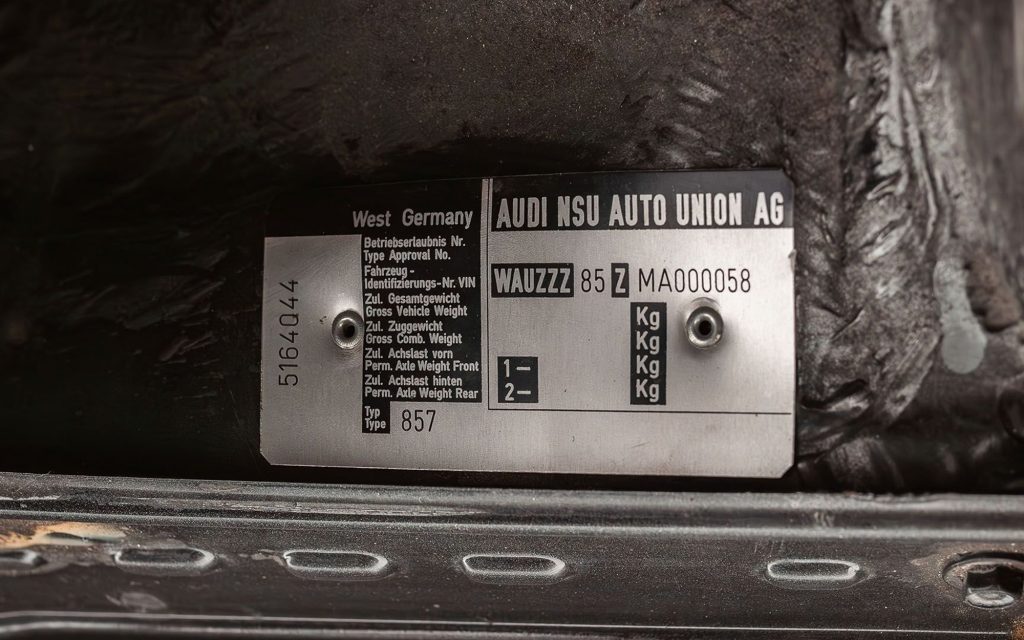
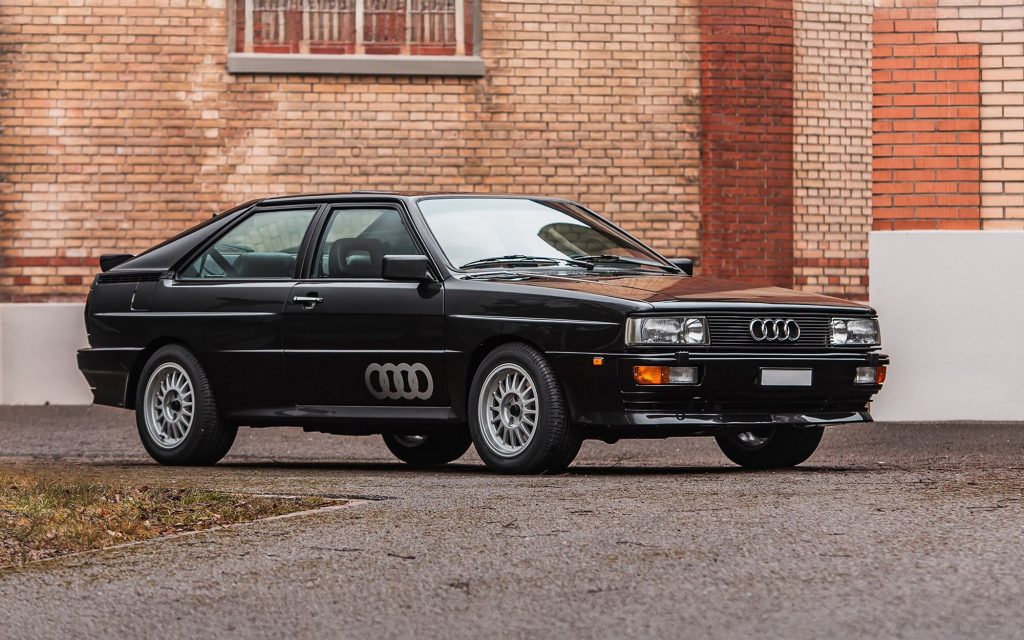
ADDITIONAL INFORMATION AUCTION LOT DESCRIPTION, BROAD ARROW AUCTIONS
Chassis No. WAUZZZ85ZMA000058
The Audi quattro fundamentally reshaped automotive engineering upon its 1980 debut, emerging from Audi’s engineering department with a clear mandate: demonstrate the capabilities of all-wheel drive beyond traditional utility applications. While outwardly similar to the contemporary Audi 80 Coupe, the quattro utilized a completely redesigned floor pan to accommodate its innovative four-wheel-drive system and independent rear suspension. The powerplant evolved from Audi’s existing five-cylinder architecture—a 2.1-liter SOHC engine enhanced with turbocharging, delivering 200 horsepower in road specification.
The competition variants of the quattro dominated international rallying and proved instrumental in demonstrating the performance benefits of four-wheel-drive across all driving conditions. Through the talents of Michèle Mouton, Hannu Mikkola, Walter Röhrl, and Stig Blomqvist, the quattro secured World Rally Manufacturers’ Championships in 1982 and 1984, followed by consecutive Drivers’ Championships in 1983 and 1984. In doing so, the model cemented the four-wheel-drive future of top-flight rally cars, with every Manufacturers’ Champion since 1982 utilizing the platform.
What began as a planned 400-unit homologation special evolved into a production run of 11,500 vehicles before manufacturing concluded in 1991. Technical evolution defined its production span: anti-lock brakes became standard (1983), followed by an enlarged 2,226cc engine and Torsen center differential (1987), culminating in a twin-cam 20-valve configuration (1989). This final, most refined, and powerful iteration of the original quattro bumped the output to 162 kW (220 PS) and was limited to only 934 examples before production ceased in 1991, making the 20V cars some of the rarest and most sought-after Audi quattro variants.
According to its Vehicle Identity Certificate, this particular Audi quattro 20V was completed on 20 July 1990 and delivered to the Swiss market on 27 September. It presents today in its original specification of Panthero Metallic over a Jacquard-Satin fabric-trimmed interior with Kodiak partial leather trim in granite. Factory options included cruise control, manual air conditioning, a laminated safety glass windshield, anti-theft wheel bolts, a power sunroof, heat-insulating glass with green tint, and heated, electrically adjustable convex exterior mirror (passenger side).
When Daniel Bachmann of Autowelt Bachmann—a workshop specializing in classic Audis—purchased the car in 2009, the quattro 20V had already graduated from being just a used Audi to a collectible classic with approximately 39,000 kilometers. He embarked on a mission to bring the car back to showroom quality which included a full respray of the car in its factory color. Bachmann also addressed mechanical items as needed given the car’s low mileage and fair mechanical condition, with services addressing the brakes (pressure accumulator and brake hoses), fuel system (new fuel pump and tank removal), and electrical system (battery, sensors, and switches). During his ownership, Bachmann accumulated fewer than 1,000 kilometers as noted by a service invoice showing that the Audi had traveled 39,794 kilometers by June 2012.
In 2016, the quattro passed to Christoph Stäuble, who maintained the car for five years until 2021. The car then then received a major 50,000-kilometer service at approximately 40,100 kilometers in September 2021, which included timing belt and water pump replacement. Just days later, on September 22, the quattro was acquired by the Autobau Erlebniswelt Museum, joining the collection of significant models. Now offered with 41,239 kilometers at the time of listing, this quattro represents a fine late-production example of Audi’s revolutionary all-wheel-drive flagship. With its exceptional refurbishment and service documentation, this Audi presents in remarkable condition with excellent driving dynamics. Particularly noteworthy is the fully operational digital dashboard—a feature that often fails in early digital instrument panels of this era. This quattro represents a pivotal moment in performance car engineering, when rally-derived technology redefined what was possible in a road-going sports car.


